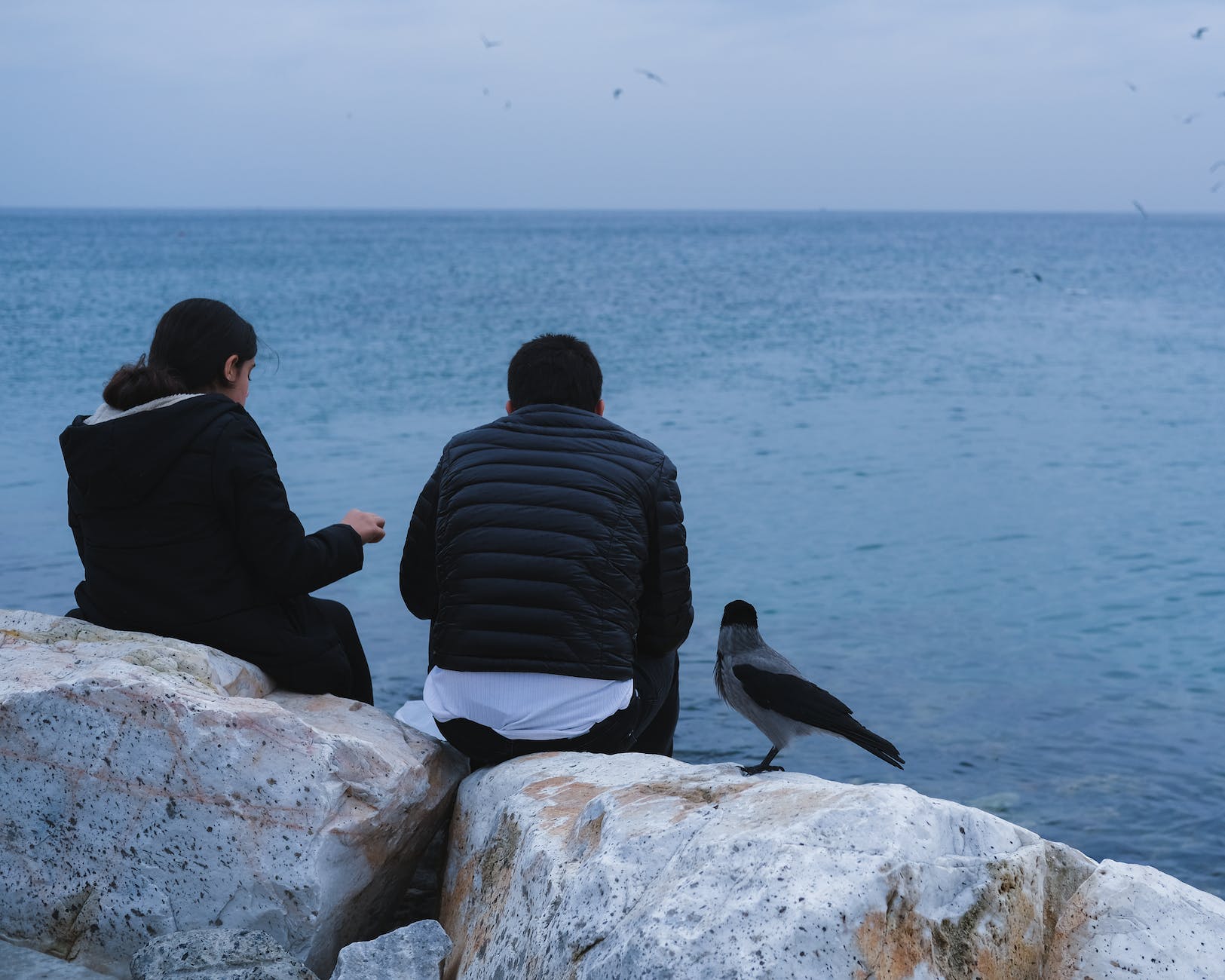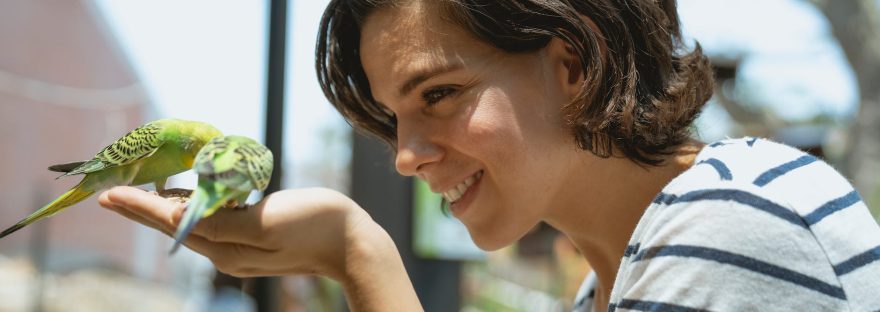I love learning about bird language. I find it a fascinating topic. Did you know that birds have five primary languages? All that beautiful tweeting and singing is actually a pretty sophisticated communication system.
Today I would like to introduce you to bird language and mapping. These two activities complement one another beautifully. You will want to take a notebook and pencil with you to your Sit Spot today.
Bird Language

I am new to bird language, having only recently been part of a weekend workshop where my co-facilitator introduced this topic. I learned that there are two primary ways that birds communicate: through behaviour and through sound.
There are five primary forms of sound that birds use: Song – which needs no explanation! Companion Calls – when birds call and respond to one another. Territorial Aggression – used to stake their claim to their space. Juvenile Begging – you may have heard this clamour when the chicks are vying for the food that the parents have just brought to the nest; and then they will go silent when the parents leave to look for more food. Finally Alarm Calls – which is one that we probably hear quite a lot, especially after we have just arrived in their environment.
Explore Bird Language at your Sit Spot:

Once you’ve arrived at your Sit Spot and greeted all the beings that are there, make yourself comfortable and focus on your breath for a while. Observe your breath moving in and out of your lungs. As you do so notice your breathing becoming more relaxed, deeper and longer. As your breath slows your mind frees up as your thoughts become quieter.
Now turn your attention to the bird song that you can hear. Begin to identify how many different bird songs you can hear. It doesn’t matter if you know which bird is making that song or not, simply listen for the different types of song.
How many can you count? Keep listening and tallying up all the new songs you hear.
Now begin to notice which direction the sounds are coming from. Are there two birds with the same song in different directions? Do they appear to be calling to one another – taking it in turns to sing? Are they companion calling or just singing? Try guessing which of these categories the bird songs that you hear fall into.
I was out ‘wandering’ recently and stopped to listen to the bird songs all around me, identifying some, wondering about others, noticing their directions. I recorded a video, which you can watch here.
Mapping:

In your notebook draw a rough sketch of your Sit Spot and an area of about 100m in either direction. You may want to mark north on the map. Now begin by sketching the main features – the trees and shrubs, water features, any structures (man made or natural).
Try not to be concerned if it is accurate or not, or looks ‘pretty’ or not – the purpose of this activity is to act as a memory-jogger for you and also to help orientate you and place yourself within the landscape.
Now mark on your map the locations of the different birds that you heard. If you don’t know which bird made the sound you can simply number them 1, 2, 3… If you heard the same song from two different directions, give them both the same number, to help you remember that it was the same species of bird.
You can go into as much detail as you wish with this activity, depending upon how much time you have. Get as creative as you wish with coloured pens, or use a pencil and keep it simple and sketchy. The main thing is that you have fun with it.
You can bring it with you next time you visit your Sit Spot and keep adding to it. Be playful. Be childlike. Be curious.
If you have 20 minutes, or 30 minutes (or more) available:
Take your time and really indulge in these two activities for as long as you like.
Only got ten minutes?
Either focus on the different birds that you can hear nearby, noticing where they are and how many you can hear; or sketch something you see in nature.
I hope that you enjoy this activity. Please write about it in the comments section or share your experience on our Facebook page. – it would be lovely to hear about your experiences. Meanwhile have a wonderful day and I look forward to sharing more with you tomorrow.

